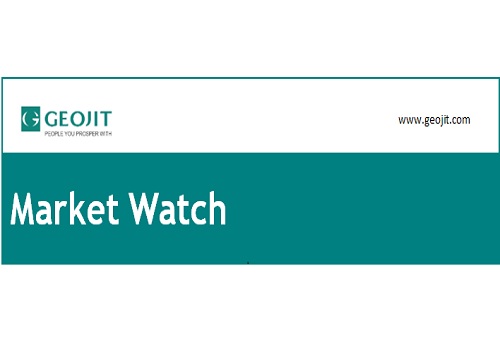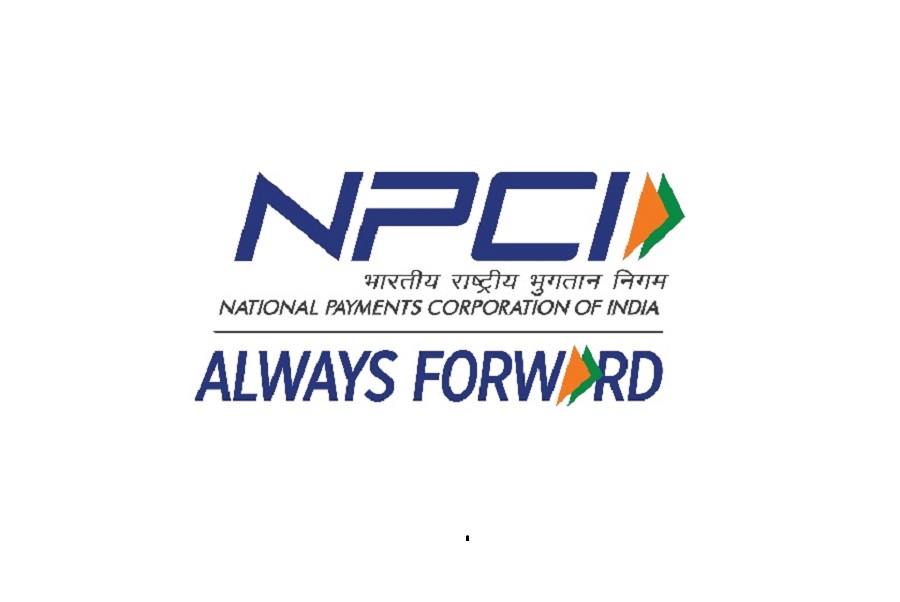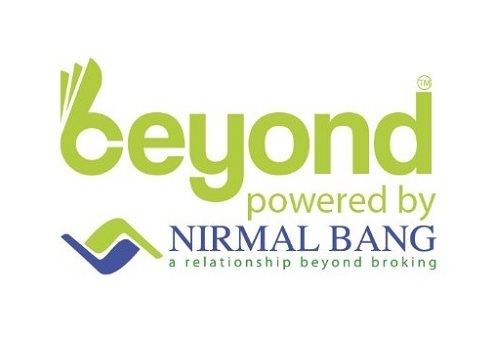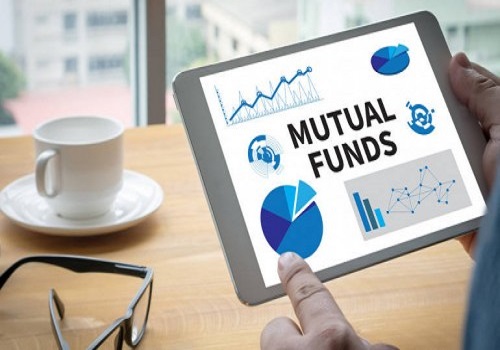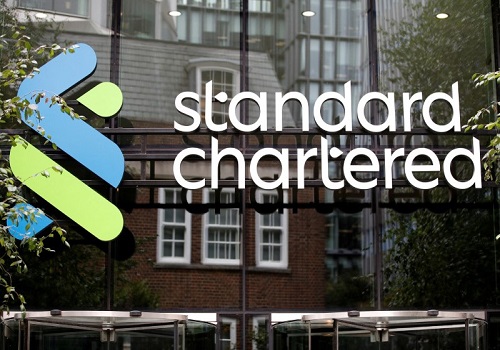Digital Money, including Tokenized Deposits, on the Uptick as Traditional and Digital Assets Converge, Citi Survey Shows

With the ongoing commercialization of distributed ledger technology (DLT) and digital assets, the use of digital money going beyond central bank digital currencies (CBDCs) is set to significantly increase, according to Citi’s latest and fourth edition of its Securities Services Evolution whitepaper series.
65% of respondents plan to use non-CBDC options like stablecoins, tokenized deposits, money market funds and digital payment systems to support cash and liquidity requirements for digital securities settlements by 2026, versus 15% who plan to use CBDCs. This is a stark contrast to the previous year where CBDCs were the preferred form of digital money at 52%.
The whitepaper polled close to 500 market participants encompassing buy- and sell-side institutions and offers timely insights into the post-trade industry. The whitepaper also incorporates qualitative insights from 14 financial market infrastructures (FMIs) and for the first time, includes an in-depth regional view of the industry across Asia Pacific, Europe, North America, and Latin America.
Okan Pekin, Head of Securities Services, Citi, said, “The move to T+1 has taken center stage in the post-trade industry over the last few years. Our latest whitepaper – the largest since its inception in 2021 – focuses on the next frontier for the industry which is the growing applicability of technologies. This includes distributed ledger technology and digital assets, and the significant potential for tokenization to scale. These developments will continue to transform the securities landscape as we continue to move towards shorter settlement cycles across multiple markets worldwide. ”
Other notable findings from this year’s whitepaper include:
* Digital adoption is happening at different speeds: Asia Pacific and Europe are driving the commercialization of DLT and digital assets with 48% and 46% of respondents respectively actively pursuing initiatives.
* Tokenization is ready for action while native digital issuance will take more time: 62% of sell-side respondents are focusing their DLT and digital asset efforts on tokenization of various asset classes, including public and private assets, versus 8% for natively digital security issuance.
* Private networks are preferred by the sell-side: 64% of sell-side respondents expect to use private networks (managed by banks, technology companies and FMIs) as the tokenization of assets gain momentum. However, on the buy-side, asset managers are focusing on public blockchains for fund tokenization and the distribution opportunities.
On the settlements side:
* T+1 was more impactful than expected: 44% of total respondents cited significant impact from T+1 going live, higher than 28% in 2023. Relative to other regions, European respondents were most impacted with 60% indicating significant impact.
* Securities lending remains one of the most strongly impacted activities: 50% of respondents (compared to 33% from last year) saw the most impact on securities lending followed by funding requirements at 49% (versus 31% last year).
* Changing expectations of accelerated settlements: 40% expect real-time, atomic settlement within the next decade, with Asia most bullish at 42%.
“The accelerating convergence of traditional and digital assets and operating models reinforces the need for modern platforms, reliable data, and real-time information. We expect to see continued investments into automation, cloud infrastructure, and APIs as well as solutions that integrate with DLT networks. In response to these trends, Citi continues to innovate and leverage our integrated product offering to serve clients in today’s dynamic ecosystem,” said Amit Agarwal, Head of Custody, Securities Services, Citi.
Above views are of the author and not of the website kindly read disclaimer







